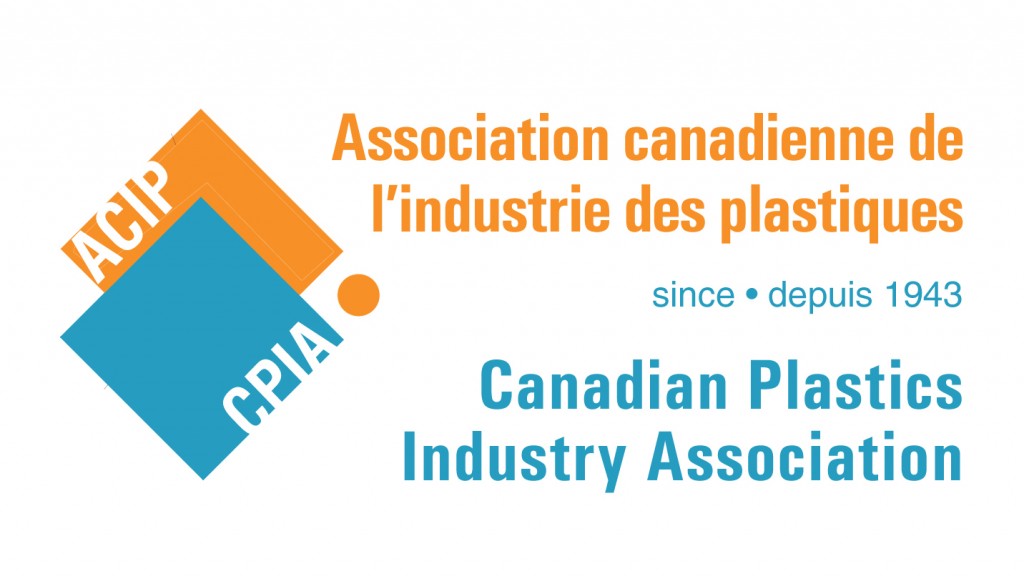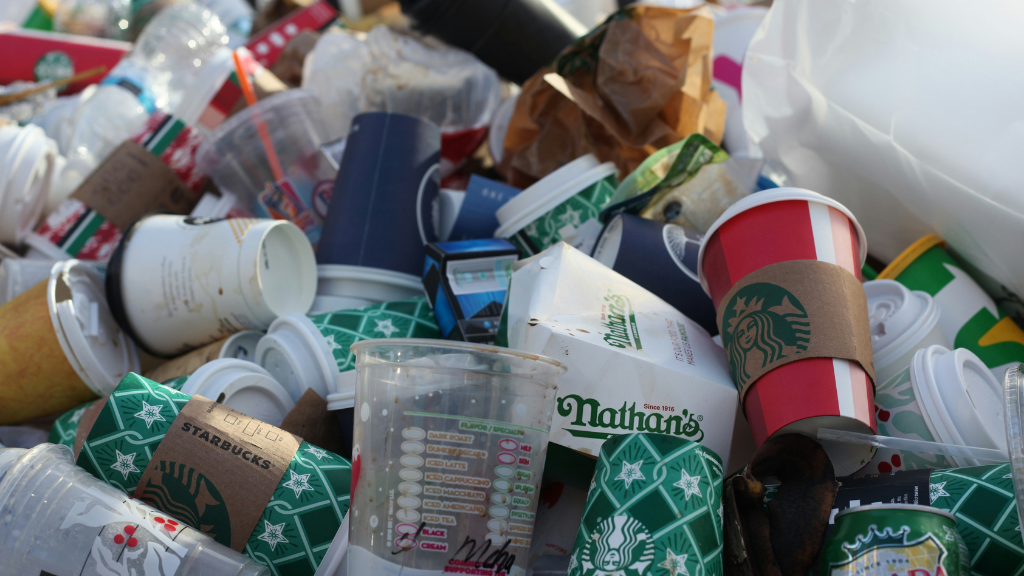CPIA reinforces importance of ending plastic waste in the environment
Commitment made to reuse, recycle or recover 100% of plastic packaging by 2040

According to the Canadian Plastics Industry Association (CPIA) the global plastics industry agrees that plastic and other packaging waste does not belong in the environment. One recent step toward solving the problem is the historic formation of the Alliance to End Plastic Waste, a non-profit organization composed of chemical and plastic manufacturers, consumer goods companies, retailers, converters, and waste management companies that has committed $1.5 billion over the next 5 years to collect and manage waste and increase recycling especially in developing countries where most of the waste is coming from.
In Canada, CPIA as the leading national voice for plastics sustainability, and our members are also part of the movement dedicated to ending plastics waste in the environment and have made a commitment that by 2040, 100% of plastic packaging will be reused, recycled or recovered.
Given that scientific and economic studies demonstrate that in most cases plastic packaging, plastic shopping bags and some single-use plastics are a better environmental choice when managed properly, bans are not the answer but rather managing them at their end of life is.
Governments and citizens are asking themselves if a ban on single-use plastics would be effective in reducing plastic waste. From our perspective, the answer is no. Bans eliminate choice and can have unforeseen negative environmental consequences.
In the case of plastic in consumer goods and packaging, alternatives can have nearly four times the environmental impact. All packaging and product material choices have impacts that need to be considered and evaluated, preferably through life-cycle assessment (LCA) studies or other science/evidence-based means.
The benefits of plastics are proven and substantial particularly when compared to replacing them with alternatives. Plastics can enhance our lives when used responsibly, reused, recycled and recovered.
- Many studies, including a recent study from Trucost1, a consulting firm that supplies sustainability data, determined that the environmental cost of using plastics in consumer goods is nearly four times less than the costs of other materials.
- In preventing food waste, plastic plays an important role in helping keep food fresher longer. For example, a thin layer of plastic wrap protects a thin-skinned English cucumber from damage and helps it last longer, according to cucumber growers2. The Economist article titled "Food packaging is not the enemy of the environment that it is assumed to be"3 points out that "food wrappings can in fact be an environmental boon. By more than doubling the time that some meat items can stay on shelves, for example, better packaging ensures that precious resources are used more efficiently."
- The conventional plastic shopping bag really is a multi-purpose/multi-use bag. Beyond its role to transport groceries in a convenient and hygienic environment, the plastic shopping bag serves multiple additional roles in managing household and pet waste, storing items, carrying lunches, recycling organic waste and much more. Additionally, it has been proven in various studies around the world that plastic shopping bags are the best environmental choice when compared to paper bags and reusables, according to life-cycle assessments conducted by the Quebec, Danish and UK governments4.
In Canada, we have excellent access to recycle many types of plastic packaging. Nearly every Canadian household can recycle PET and HDPE (#2) plastic beverage containers (98% to 100%) and access to recycling for other PET and HDPE bottles, jugs, and jars remains consistent at 94% to 96%.
Additionally, several years ago there was an effort to eliminate polystyrene (PS) in coffee cups because it wasn't recyclable. These have been replaced by mixed material hot beverage cups that are equally difficult to recycle. Now tracking shows that recycling and recovery programs are expanding collection for polystyrene and there are new processes coming onstream to recycle and recover PS.
The number of Canadian households that now have access to recycling programs that accept PS, rigid packaging such as clear clamshells has increased to 71%, up from 63% in 2014.
Plastic producers are working to help improve product design as well as recycling and recovery systems. But we can't do it alone. We need to work with businesses, governments, environmental groups, residents and others to increase recycling and recovery efforts that will allow us to continue to optimize plastics' benefits while reducing environmental impacts.
Company info
5955 Airport Road, Suite 125
Mississauga, ON
CA, L4V 1R9
Website:
plastics.ca/home/index.php



